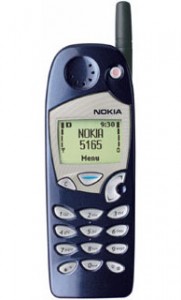“It is often said that ‘information wants to be free’, but it is truer in the digital age that information wants to be analyzed, shared, synthesized, curated, aggregated, commented on and distributed”
News as a Conversation: News is no longer a lecture from journalist to public. In the digital age, journalists and the community create an interactive conversation.
Making Conversation: Digital conversation between journalists and readers first started in the comment sections of online newspapers. Today, with the advent of social media, journalists are active on websites like Facebook and Twitter. This allows for more in depth coverage of beats because the reporter can turn to the public and hear immediate feedback.
-Downsides of Digital Conversation: Because online users are able to comment on content anonymously, there is the potential for mean spirited or harmful feedback.
